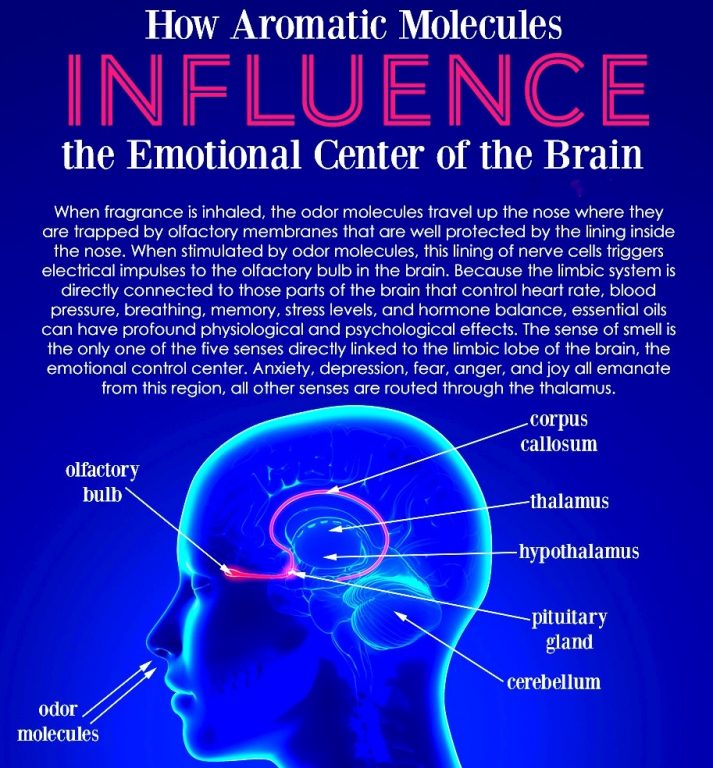How do I use Essential oils?

Aroma
The sense of smell is a tool that can elicit powerful physiological, mental, and emotional responses. Essential oils are quickly absorbed by the smell receptors, which have a direct link to the limbic system by way of the olfactory nerve. The limbic system is part of the brain that supports a variety of functions including smell, emotions, behaviour and memory. For this reason, essential oils have an especially powerful effect via aromatic application.
Some essential oils induce uplifting or invigorating effects, while others are more calming. Diffusion is one of the simplest methods for using essential oils aromatically.
Ultrasonic Diffusers that use cold air or water are ideal.
You can achieve the same health benefits by simply placing a drop of essential oil in the palm of your hand that is then cupped around the nose as you breathe deeply.
Because of their high concentration of antibacterial, antiviral and antifungal properties essential oils make an excellent addition to your homemade cleaning preparations
Additional aromatic uses For Essential Oils Include:
Apply oil to a cotton ball and place in the air vents of your vehicle
Mix oils in a spray bottle with water and mist over furniture, carpets or linens
Add oil to a batch of laundry or to dryer sheets
Use in household surface cleaners
Topical
Topical application is a very effective method for applying essential oils. Because essential oils have a low molecular weight and are lipid soluble, they easily penetrate the skin. Once absorbed, they stay in the applied area for a localized benefit.
Because essential oils potent and are readily absorbed, using a carrier oil is advisable as this decreases the likelihood of developing skin sensitivity. A light massage will increase the blood flow to the area of application, in turn improving distribution throughout the body. Using a carrier oil can also increase absorption, especially on skin that is dry or flaky as it helps moisturize the skin and slow the evaporation of the oil.
The recommended dilution ratio is typically three to five drops of essential oil to 10ml of carrier oil.
Other Effective Methods of Topical Application
Add a few drops of oil to a warm bath
Make a hot or cold compress by soaking a towel or cloth in water, adding essential oils, and then applying to the desired area
Remember that essential oils are much more potent than dried or fresh herbs and spices, so start with a very small amount
Sensitive Areas to be Avoided:
Some facial areas such as the delicate skin around the eyes.
Eyes and inner ears.
Broken, damaged, or otherwise injured skin
Each constituent possesses a unique set of biochemical properties that react with cells and organs in different ways. Although these mechanisms of action are not completely understood, the positive end results have been demonstrated. However, the body is only equipped to handle appropriate doses of essential oils. This is why proper dosing according to labelling recommendations should be strictly followed to avoid toxicity.
Safety Guide:
* If you are under a doctors care, consult your physician about potential interactions between any medication and essential oils.
* Most essential oils should never be used undiluted on the skin
* Do not take essential oils internally
* Never use an undiluted essential oil on a baby or child
* Avoid essential oils while pregnant or nursing
* Keep away from children
* Use cautiously around pets
* Some essential oils, especially citrus oils, contain natural molecules that react with sunlight (UV light) and cause a sensitivity reaction

 Cart is empty
Cart is empty